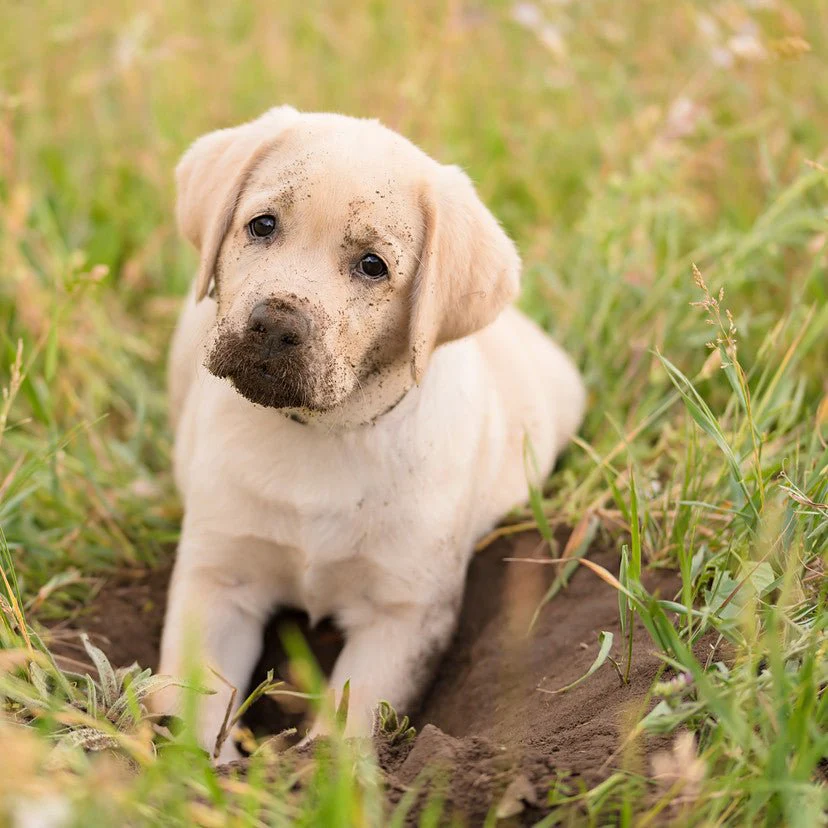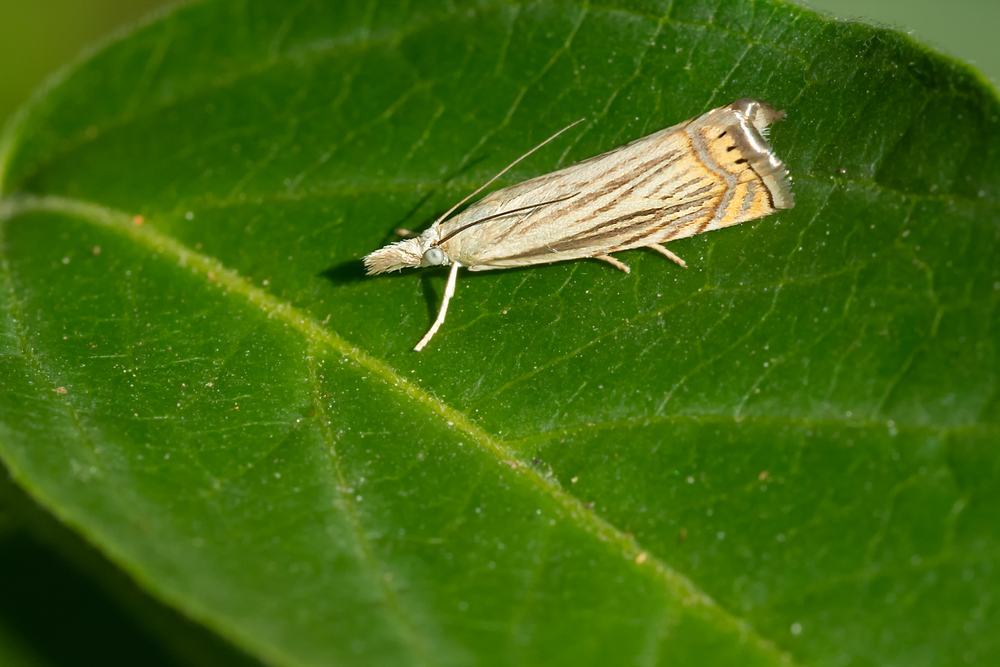Summer can be dry and hot. The hottest months are July, August and September. These lawn care tips can help you maintain a healthy lawn all summer.
Water your lawn as efficiently and effectively as possible to conserve water and encourage healthy turfgrass.
If the warm-season turfgrass is in prolonged drought, it can go into summer dormancy. It will stop growing and turn a golden brown color. Then, it will start to recover when water is available in the fall/summer.
It is possible to let your grass go dormant if you don’t have time or energy to water it during the hottest and driest months.
The ability of your lawn to develop healthy roots and grow during active growth will determine if it can survive the summer dormancy. Water-Wise offers some tips to encourage healthy turfgrass growth and deep water penetration.
If you prefer, you can stop fertilizing. It is better to fertilize turfgrass while it is actively growing, and not when it is dormant.
Turfgrass diseases can be greatly reduced if your lawn is watered in the fall. Turfgrass diseases can be prevented by watering your lawn in the early morning.
Evening watering can prolong the leaf wetness and promote disease. Fall is the time when turfgrass growth slows down. Therefore, less fertilizer and less water are required.
Mowing
In summer heat, your lawn might not need as much mowing, especially if it is under drought stress or heat. Many summer weeds are starting to produce seed and flower.
It is possible to take steps right away to reduce your landscape’s seed population and lower the number of spring weeds. Regular mowing and the removing of clippings can be helpful in managing weed populations.
Fertilization
You should fertilize your lawn every other day to maintain healthy turfgrass growth. If there isn’t enough water, reduce or suspend fertilizer applications.
A soil test will determine the nutrient levels for phosphorous (P) and potassium (K). You can identify soil properties that could impact the availability of nutrients, such as pH.





